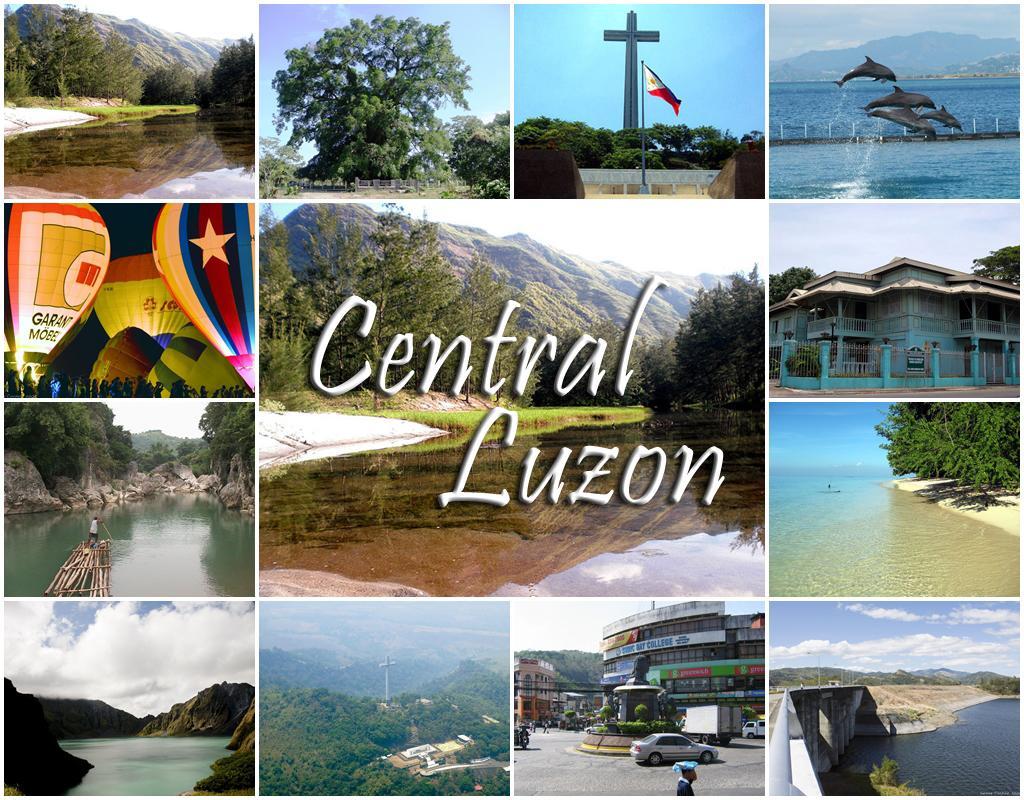
Central Luzon is one of the leading growth regions in the Philippines. It is strategically located at the heart of Asia, and no other place with sea and air travel and cargo facilities can equal Central Luzon in terms of almost equal travel time in Asia. Its location has been central enough for the area to be the choice of FedEx's Asia One Hub and the United Parcel Services (UPS). The region also contains the largest plain of the Philippines and produces most of the country's rice supply.
Geography
Only 66 kilometers away from Metro Manila, Central Luzon is the gateway to the Northern Luzon regions. It covers a total land area of 21,470 square kilometers, and is divided into seven (7) provinces, namely: Aurora, Bataan, Bulacan, Nueva Ecija, Pampanga, Tarlac and Zambales. The City of San Fernando, in Pampanga, is the regional center. Aurora was transferred from Region IV by Executive Order No. 103.
Prosperous Region
Central Luzon is one of the most active and energetic regions in the Philippines. It is situated at the crossroads of Asia pacific. It serves as the gateway for European and American business organizations desiring to penetrate Asia.
Central Luzon’s Blooming Cities
- Malolos, Bulacan was the place where the first constitution of an independent Philippines was promulgated on January 21, 1899. The travel time to Malolos by land from Metro Manila is 42 minutes.
- Angeles City is likewise highly urbanized city. Its figures are also excluded from Zambales. The travel time to Clark Special Economic Zone is one hour and 44 minutes by land from Metro Manila.
- The City of San Fernando, in Pampanga, is the regional center of Central Luzon. Its travel time by land from Metro Manila is one hour and six minutes.
- Olongapo City is likewise highly urbanized city. Its figures are also excluded from Zambales. The travel time to its adjacent Subic Bay Freeport Zone by land from Metro Manila is two hours and five minutes.
- Tarlac province produces a lot of sugar on Hacienda Luisita, one of the biggest haciendas in the archipelago. Tarlac town became the seat of a Philippine government for one month in March 1899, following the time when President Aguinaldo had run away from Bulacan due to the approaching forces of the US.
Airports
Two international airports belong to Central Luzon region. They are Clark International Airport and Subic International Airport. CIA was given a new name. CIA is now called Disodado Macapagal International Airport.
Religion
Roman Catholics comprise 86.09 percent of the population of Central Luzon. Iglesia ni Cristo comprises 4.39 percent, while Aglipayan comprises 1.94 percent. Other religious organization comprises 7.25 percent population 10 years and over who are able to read and write a simple message. The literacy rate in Central Luzon was 94.80 percent.
Gallery


 Anawangin Cove Balete Park’s “Millennium Tree” Shrine of Valor
Anawangin Cove Balete Park’s “Millennium Tree” Shrine of Valor



Subic Bay Hot Air Balloon Festival Madlum River at Biak-na-Bato Park



Mount Pinatubo Mt. Samat Olongapo City Ulo Ng Apo



Pantabangan Dam Potipot Island Ramon Magsaysay Ancestral House










